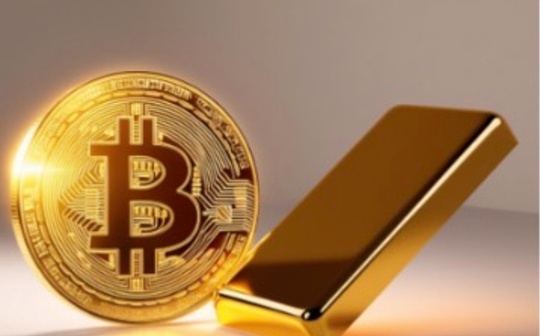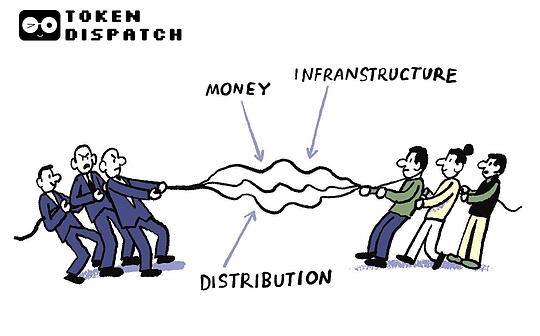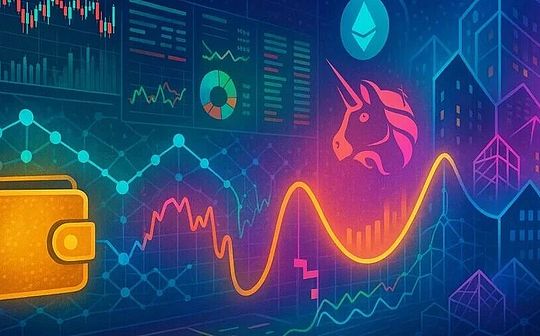
Author: Long Yue, Wall Street News
As the de-dollarization trend accelerates and the demand for safe havens surges, traditional central bank reserve allocations may undergo major changes.
On October 10, according to a latest report from Deutsche Bank, with the increasing interest of institutional investors and the weakening of the dominance of the US dollar, Bitcoin and gold are expected to become an important part of the reserves of many central banks around the world by 2030.
The report pointed out that the central bank’s allocation of Bitcoin may reflect a new and modern “cornerstone of financial security”, whose status is comparable to the role played by gold in the 20th century.
The report believes that uncertainty and geopolitical risks caused by U.S. tariff policies are prompting investors to seek tools to hedge inflation and prepare for a future in which the role of traditional fiat currencies may weaken.Against this backdrop, gold prices have surpassed the $4,000 per ounce mark, while Bitcoin is trading close to the all-time high set earlier this week.
One of the core drivers of this trend is “de-dollarization.”Report data shows that the U.S. dollar’s share of global reserves has fallen from 60% in 2000 to 41% in 2025.This change not only boosted gold, but also brought benefits to Bitcoin, pushing gold and Bitcoin ETFs to record record net inflows of $5 billion and $4.7 billion respectively in June.
The return of gold and the wave of de-dollarization
Gold’s status as a traditional safe-haven asset is being re-consolidated.Researchers at Deutsche Bank pointed out that since the 2008 financial crisis, market demand for gold has begun to occupy a more important position on central bank balance sheets.The “risk-off” behavior of institutional investors pushed central banks to become net buyers of gold in 2010.
Now, as trade uncertainty and market volatility increase, “gold is back,” Deutsche Bank senior economist Marion Laboure wrote in a report.One telling sign is that the total amount of gold held in global central bank reserves has exceeded 36,000 tons.This trend is closely related to the wave of “de-dollarization”. The relative decline of the dollar’s status has created space for alternative reserve assets such as gold.
Bitcoin: The “Digital Gold” of the 21st Century?
Analysts at Deutsche Bank believe that Bitcoin is enjoying record market performance and gaining increasing attention as a potential reserve asset.The report draws an analogy between the current debate among policymakers around Bitcoin and the discussion around gold in the 20th century, arguing that there are clear similarities.
Marion Laboure said in the report that Bitcoin is expected to become a new “cornerstone of financial security.”While this view “remains highly controversial,” Bitcoin’s potential role as an outperforming asset in future central bank reserve strategies is sparking growing discussion.
Is the dollar still irreplaceable?
However, not all market observers share this vision.Analysts at JPMorgan Chase disagreed in a recent report, arguing that stablecoins could unlock new demand for the U.S. dollar.
JPMorgan Chase predicts that the growth of the stablecoin market could bring $1.4 trillion in additional demand for the U.S. dollar by 2027, depending on the scale of overseas investment.
Meanwhile, while the Deutsche Bank report paints a promising future for Bitcoin and gold as reserve assets, its conclusions are rather cautious.
Marion Laboure made it clear that “neither Bitcoin nor gold will completely replace the U.S. dollar.”The report emphasizes that in the central bank’s reserve strategy, digital assets should be regarded as a “complementary” tool to the national currency, rather than a substitute.






